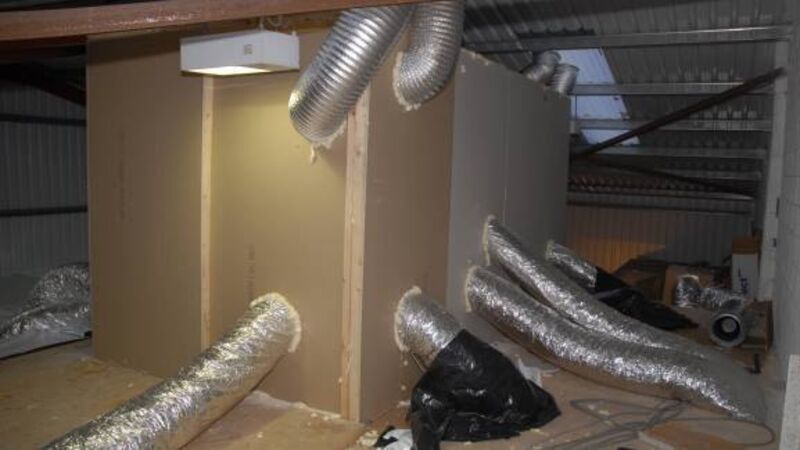Cannabis growhouses report: Weed factories do ‘untold damage' to property

First, carpenters are sent into a premises and divide it up, constructing all the necessary separate rooms.
“The modus operandi is that a professional, often times a female, approaches a landlord with references and rents out the premises or the house,” said Detective Sergeant Brian Roberts of the GNDU. “They pay cash up front and a month in advance. Then as soon as the landlord leaves, the next people employed by the criminal groups convert and divide the rooms and areas, different people: carpenters, electricians, then the gardeners. Each group specialises in their area. They do untold damage to property, thousands of euro worth.”













